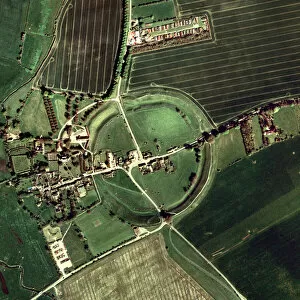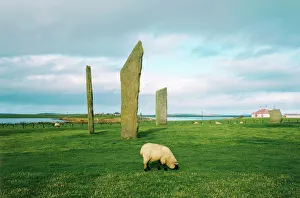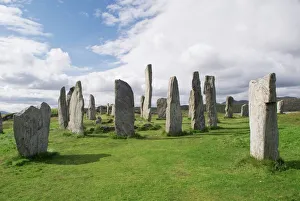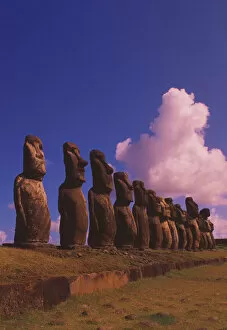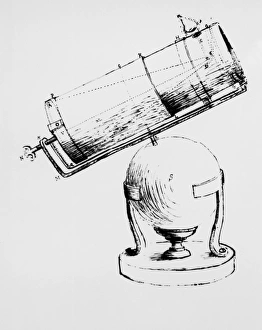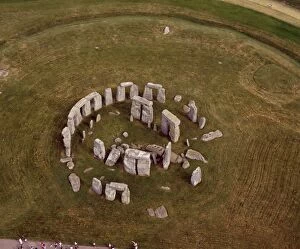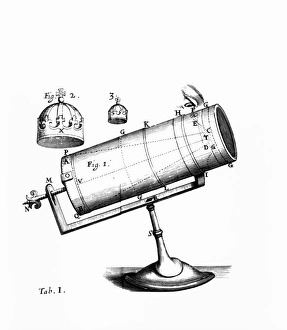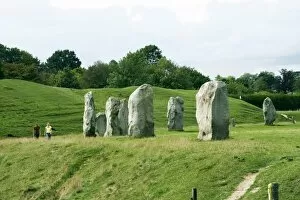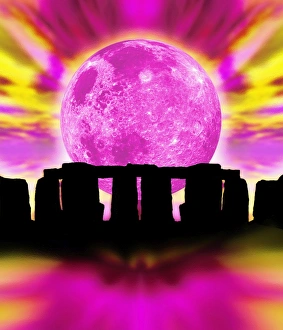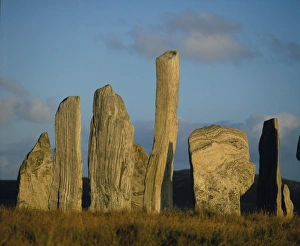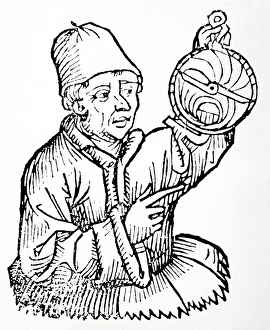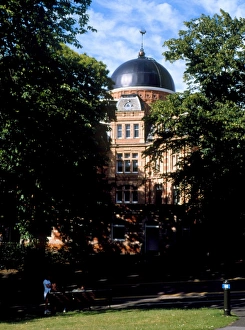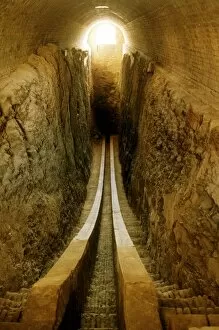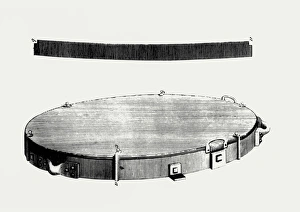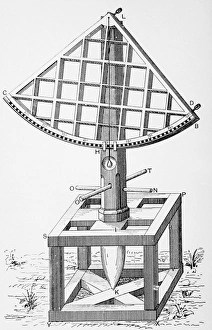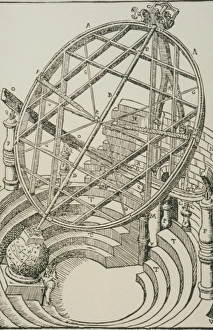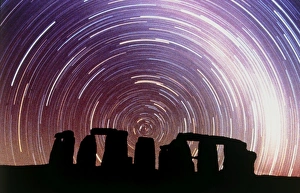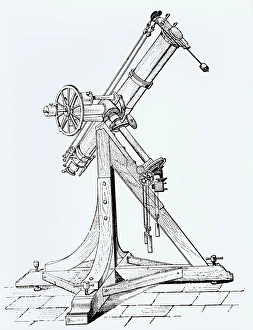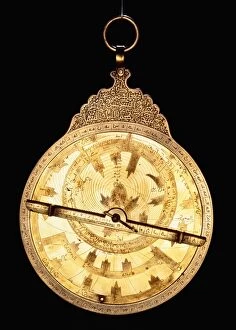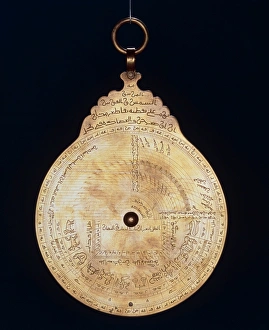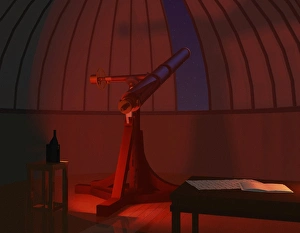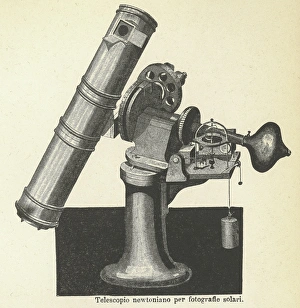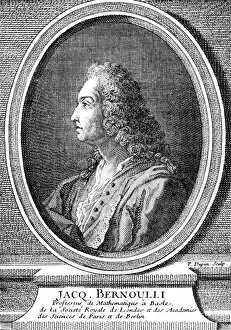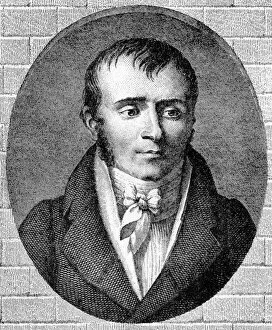History Of Collection
The history of mankind is etched in the stones that have withstood the test of time
All Professionally Made to Order for Quick Shipping
The history of mankind is etched in the stones that have withstood the test of time. From the majestic Avebury Ring to the enigmatic Standing Stones of Stenness in Orkney Islands, these ancient monuments hold secrets from our past. The Callanish Stone Circle stands as a testament to human ingenuity and spiritual beliefs, while the Easter Island statues continue to captivate us with their mysterious origins. Delving deeper into history, we uncover scientific marvels like the historical microscope that allowed us to explore an unseen world. Aerial views of Stonehenge showcase its grandeur and leave us in awe of our ancestors' engineering prowess. Intriguing artifacts also shed light on significant figures throughout history. A poster advertising Professor Sloanes biography, "Life of Napoleon, " reminds us of one man's impact on an entire era. Meanwhile, The Soho Foundry of Boulton and Watt serves as a reminder of industrial revolution pioneers who shaped modern society. Amidst these monumental achievements, simpler yet equally fascinating objects emerge. A sundial nestled within RHS Garden Rosemoor not only tells time but connects us to nature's rhythms. Neolithic standing stones stand tall, silently witnessing centuries pass by at Avebury Henge. As we unravel the tapestry woven by our ancestors through these historical remnants, we gain insights into their lives and aspirations. Each piece represents a chapter in humanity's story.

